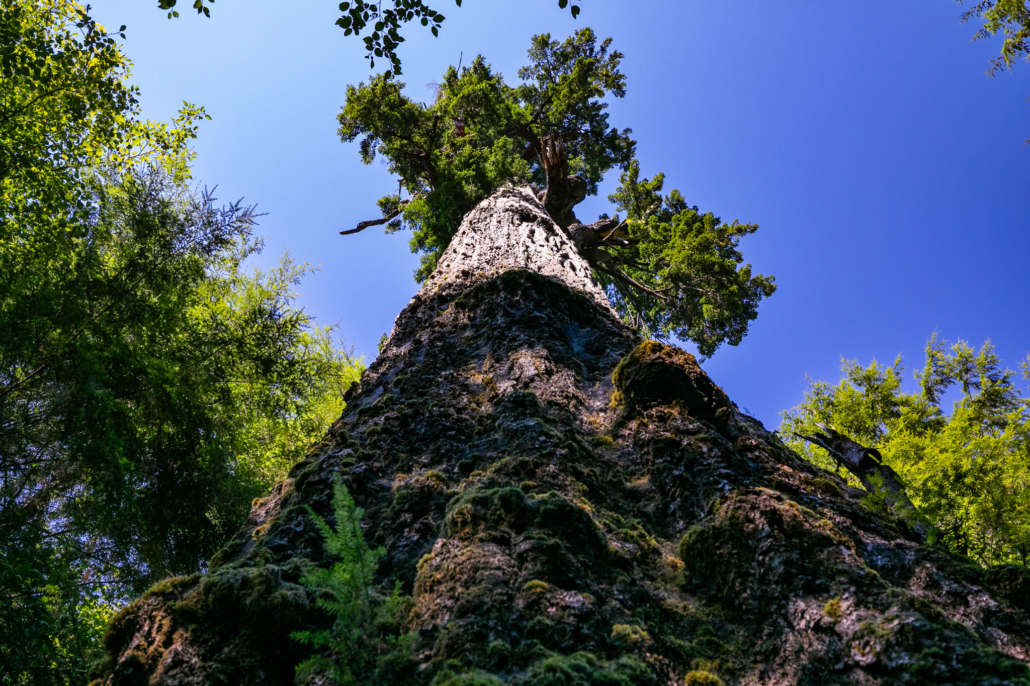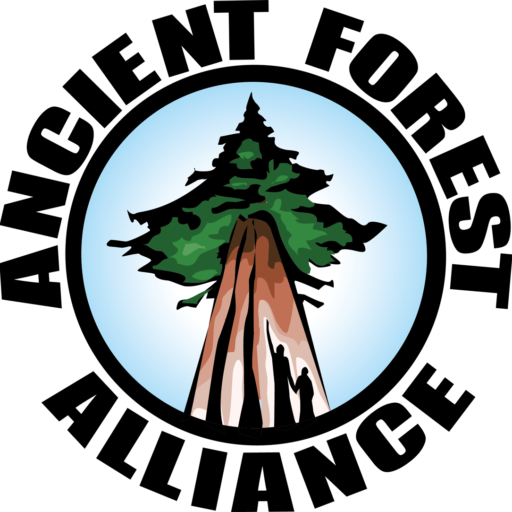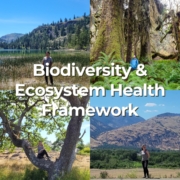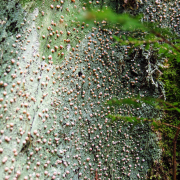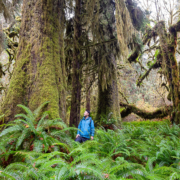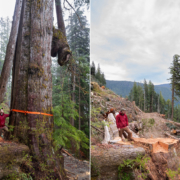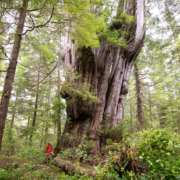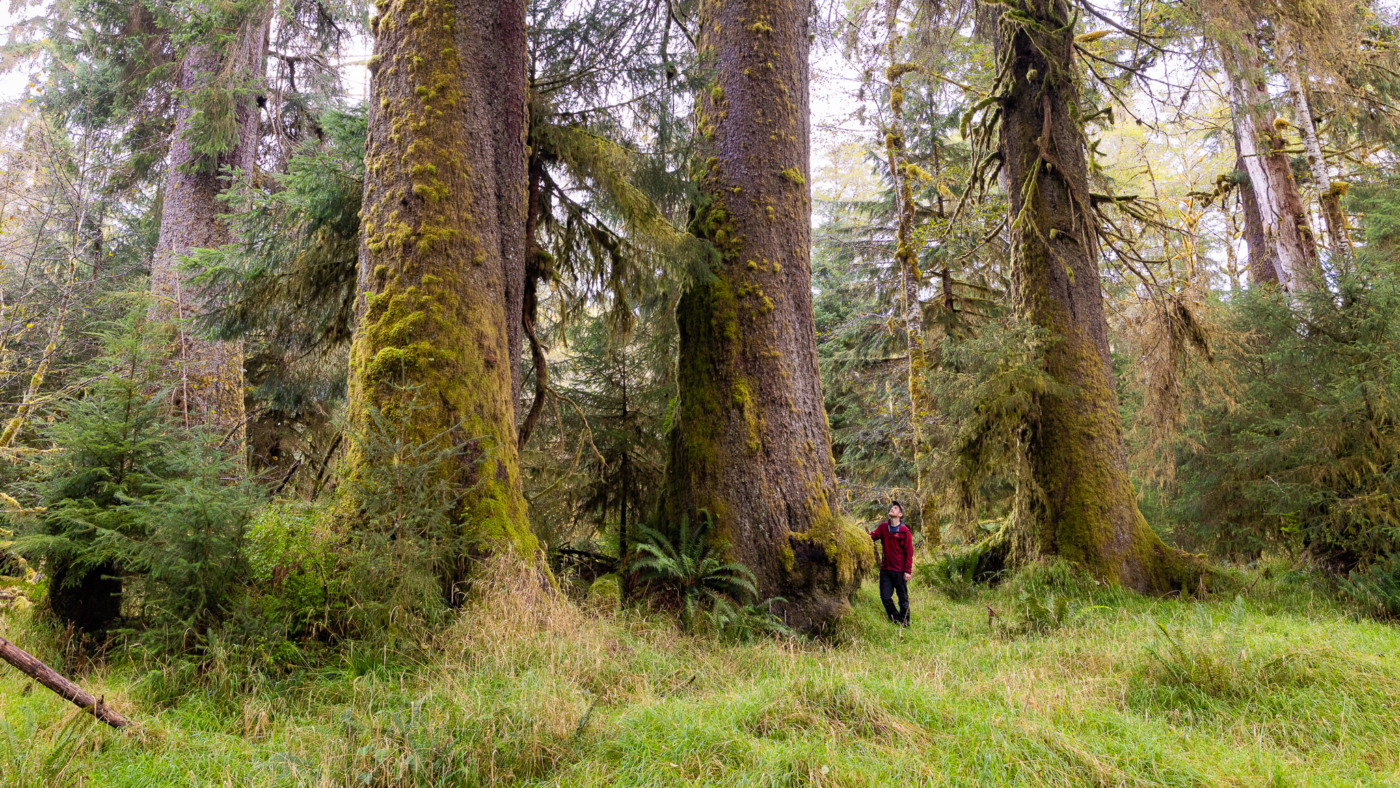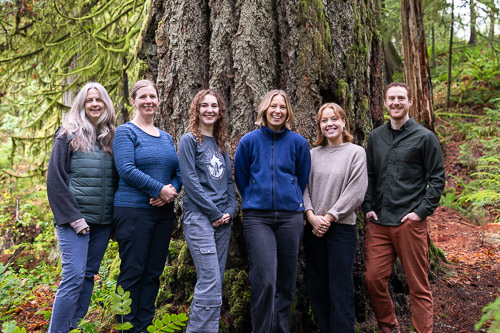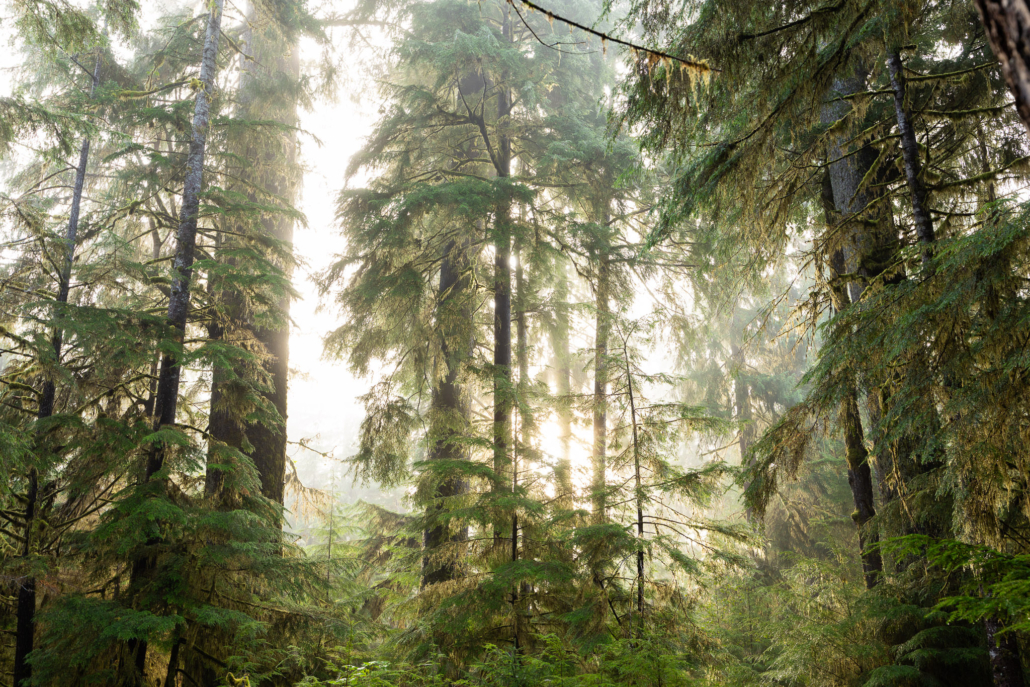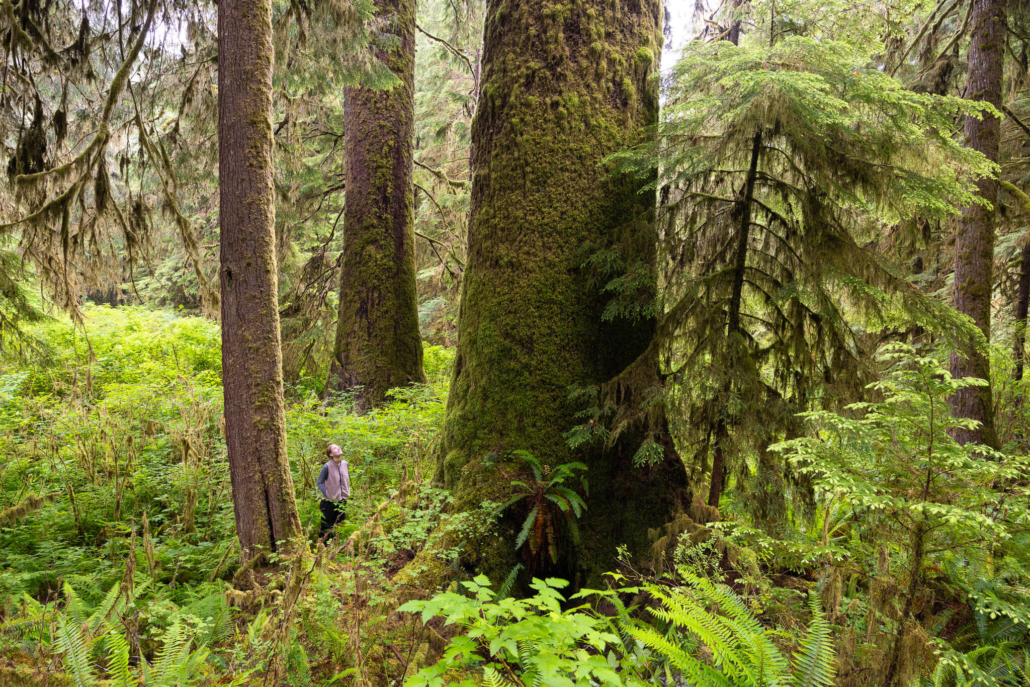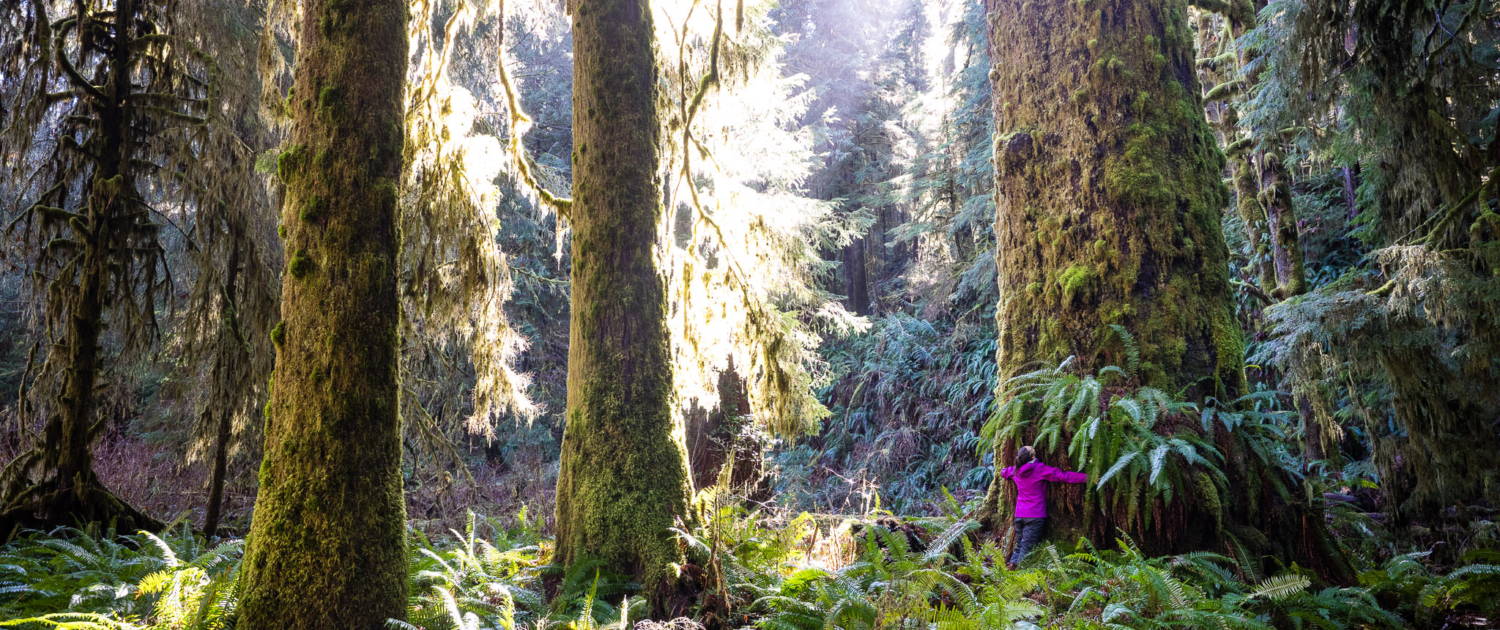 May 22 2025
May 22 2025Happy International Day for Biological Diversity!
Diversity is a defining feature of old-growth forests, whose unparalleled structural complexity (a mix of ancient giants, tiny saplings, standing snags and fallen logs) develops over centuries to provide habitats for thousands of species, many of which live nowhere else.
Thousands of organisms, from tiny arthropods to arboreal lichens to nesting seabirds, can be found living in a single old-growth tree! After death, the tree becomes home to a whole new array of organisms—standing snags supply nesting and denning habitats for a variety of creatures, from small songbirds to hibernating black bears, while fallen logs provide habitat for a hidden world of arthropods and amphibians. The dead tree also gives a head start to saplings that will be the next generation of forest giants.
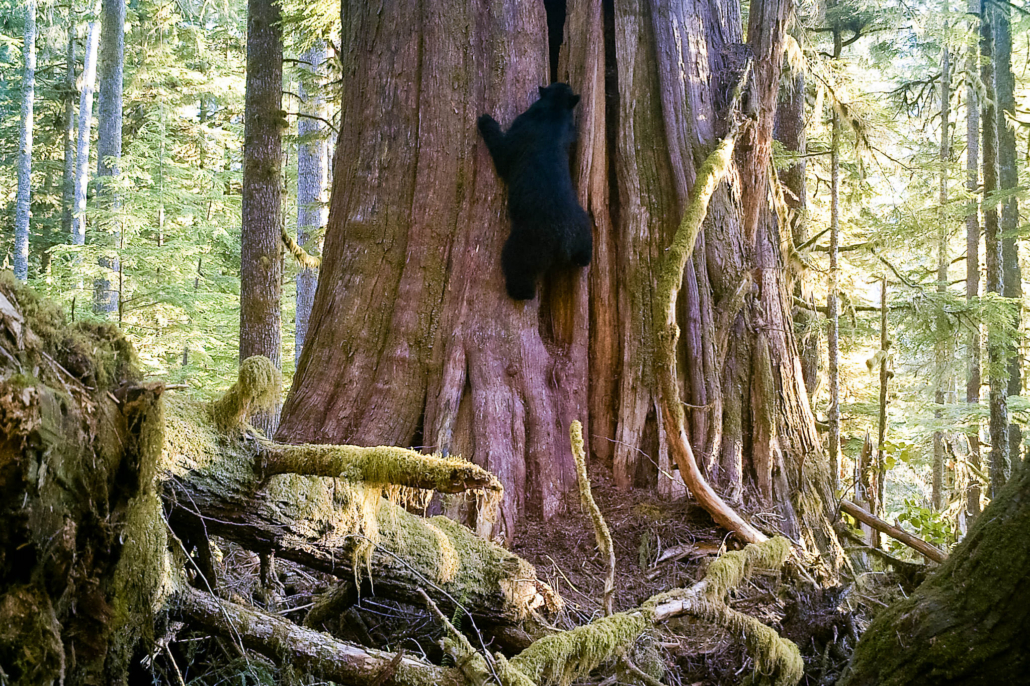
Seething through the soil and the bodies of dead and dying trees are thousands of species of fungi, recycling the nutrients of the fallen and turning death into life again. This mix of young, old, dead and living trees creates an uneven canopy, which allows light to stream into the forest floor. The filtered light fosters diverse shrubs, ferns, and wildflowers that, in turn, feed herbivores such as deer, which then provide food sources for predators such as wolves and cougars.
Logging old-growth and replacing it with second-growth plantations wipes out this vast circle of life that took centuries to develop, with dire consequences for myriad species that thrive in the varied microhabitats of ancient forests. Old-growth forests in BC are irreplaceable reservoirs of global biodiversity.
Here are a few fascinating examples of why temperate rainforests in western North America are biological riches:
- They’re full of tiny wonders with an estimated 6000 species of arthropods (insects, mites, and spiders) living everywhere from the roots of trees to “sky-gardens” growing in the crowns of forest giants.
- They’re the truffle capital of the world. 350 species of truffles are known from the Pacific Northwest (with perhaps another 350 species yet unidentified), making this region a global hotspot for these enigmatic, and in some cases, delicious, subterranean mushrooms. Old-growth forests may have up to 380 times the truffle biomass of second-growth forests!
- They’re places of enlichenment! Lichens are an incredible hallmark of the old-growth forest, as they clean the air, fix nitrogen, and provide critical food sources to threatened species such as mountain caribou. A single old-growth valley in BC was found to contain 283 lichen species, including 13 that were entirely new to science!
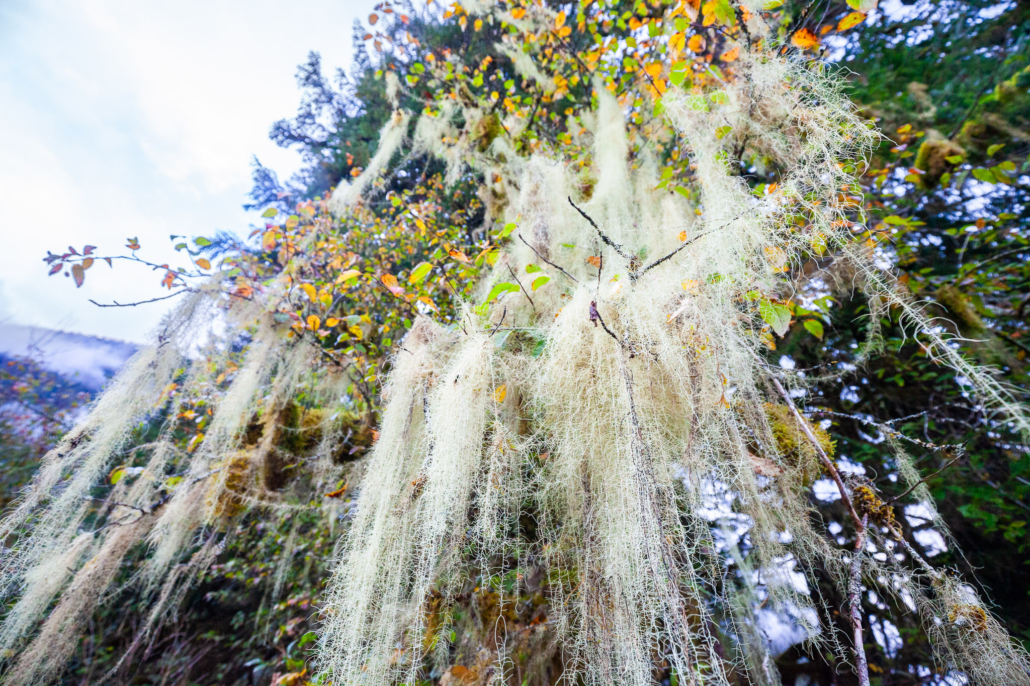
But it doesn’t stop there. Did you know that temperate rainforests in BC are home to remarkable species such as:
The world’s second-largest slug, our beloved charismatic mega-slimer, the banana slug!
Skydiving salamanders. The adventurous wandering salamander, found high in the crowns of old-growth trees, leaps from branches like a flying squirrel.
North America’s biggest black bear, the Haida Gwaii black bear, or Taan, is found only in BC.
One of the world’s most cryptic seabirds, the threatened Marbled Murrelet, which nests high in the mossy branches of giant old-growth trees
A hot spring-loving bat. The Keen’s myotis is the signature bat of the coastal rainforest, whose only confirmed breeding colony is among the steamy hot springs of Haida Gwaii.
A predatory mushroom that hunts tiny animals with lassos. The delicious oyster mushroom hunts nematode worms on the forest floor.
The world’s largest member of the pine family. The legendary “Red Creek Fir,” a gargantuan Douglas-fir tree, grows near Port Renfrew, BC, in Pacheedaht territory.
The oldest trees in Canada, the ancient yellow cedars of the coastal mountains, with some documented at nearly 2,000 years old!
The most primitive of all rodents, the “mountain beaver” (not really a beaver), a fern-eating rodent of the rainforest, is considered a “living fossil.”
North America’s most unique frog, the stream-loving “tailed frog,” is an ancient species unrelated to any other amphibian in North America, whose tadpoles adhere to rocks in swift current with suction cups on their bellies.
And many, many more weird and wonderful living beings!
However, this exceptional biodiversity is at significant risk as BC continues to liquidate its endangered old-growth forests, especially the most biologically productive ecosystems.
The BC government has committed to protecting 30% of the lands in BC by 2030, which we highly commend, but how that 30% is selected is what matters. In the past, governments have concentrated protection on the less biodiverse ecosystems, less threatened by industry (for example, alpine rock and ice or sub-alpine and bog forests), leaving the most productive and biologically rich ecosystems in the valley bottoms and lower slopes to be logged and developed.
That’s why we need “Ecosystem-Based Targets” (protection targets for every ecosystem type) to turn that old model on its head and finally prioritize the protection of the most at-risk and biodiverse ecosystems. This includes the “high-productivity” old-growth forests, known for their towering giants and incredible diversity of living creatures!
To make this happen, BC must move forward with the draft Biodiversity and Ecosystem Health Framework and ensure it delivers real, science-based protection measures.
On this International Day for Biological Diversity, join us in calling on the BC government to ensure this framework is implemented to safeguard the incredible diversity in BC!
📢 Send a message to decision-makers using our newly updated Take-Action Tool today!
